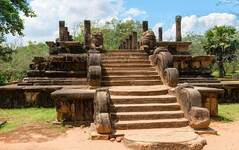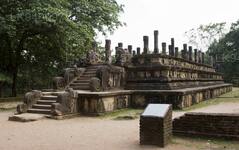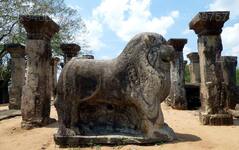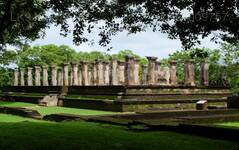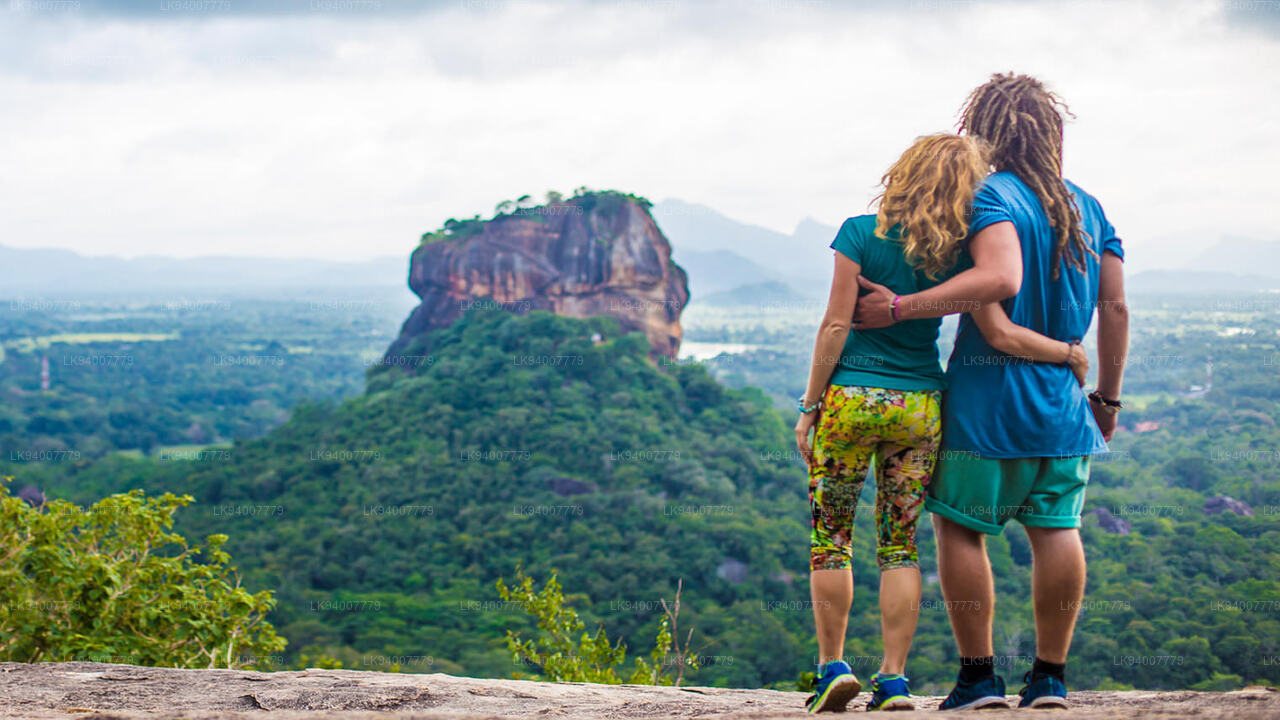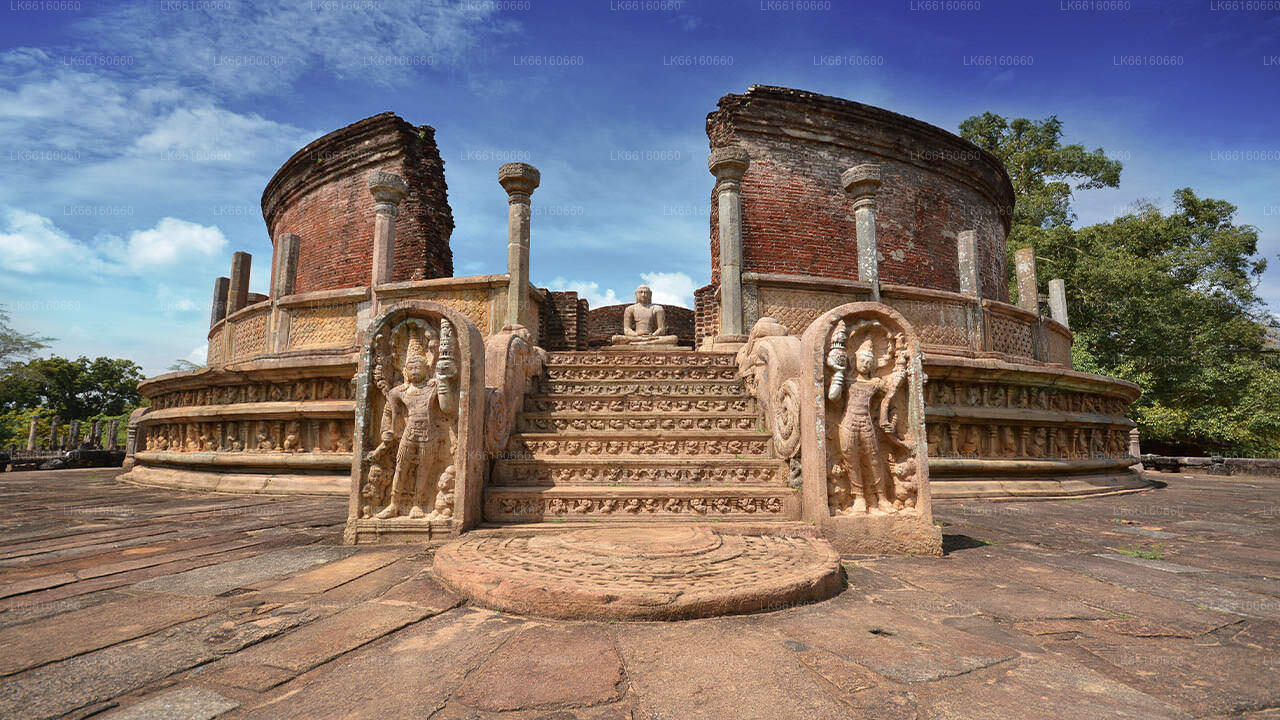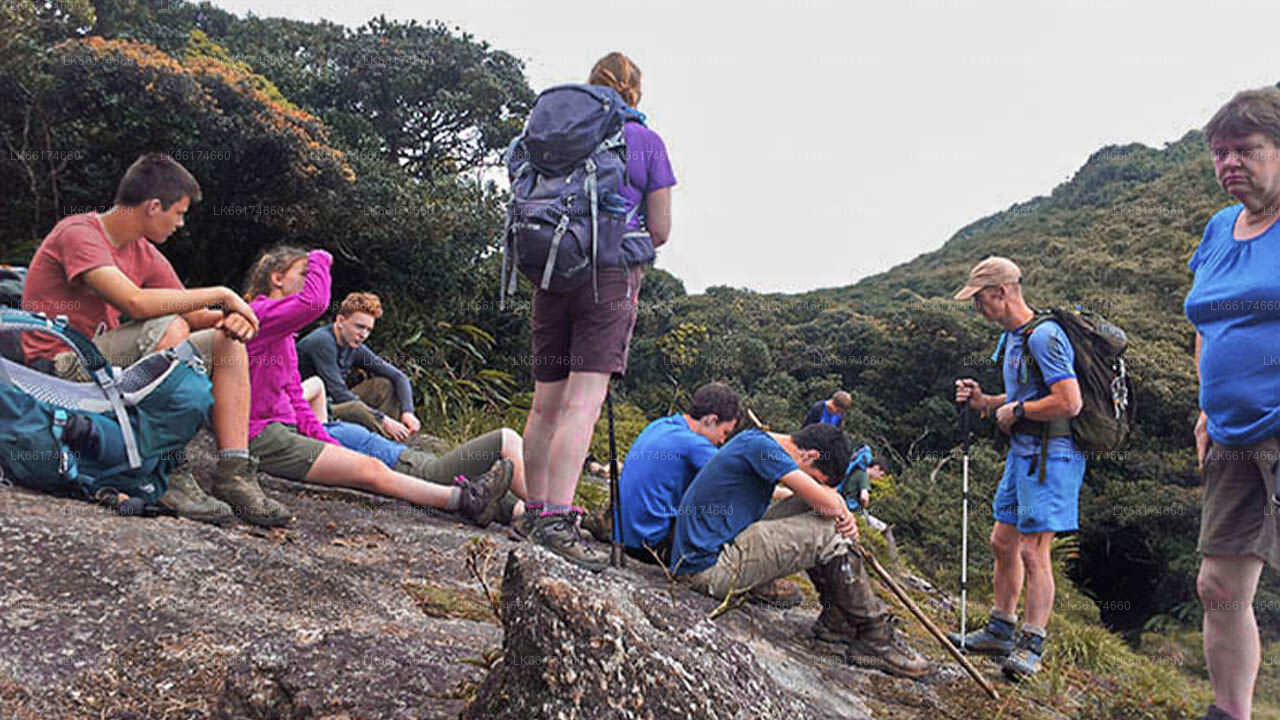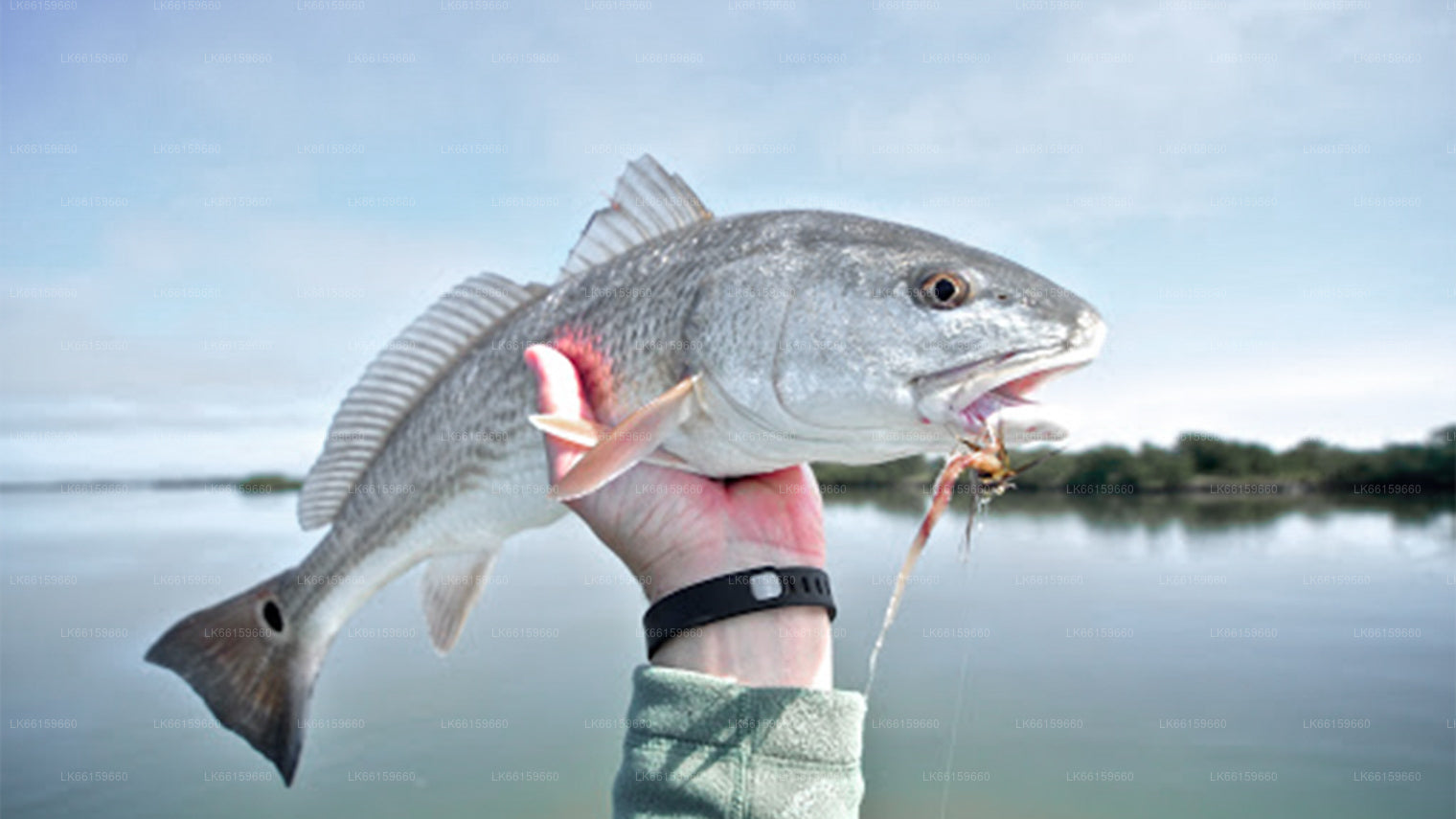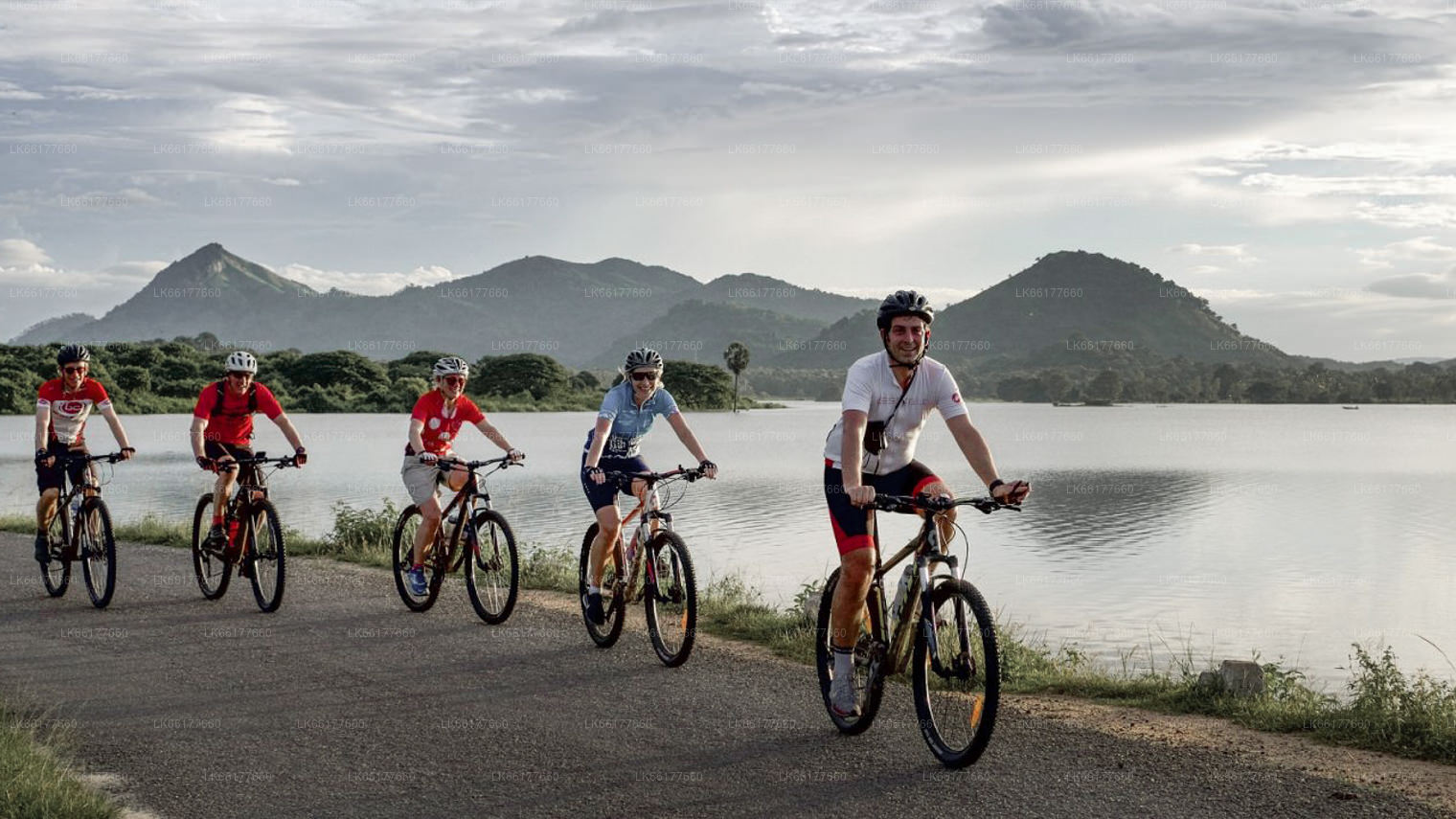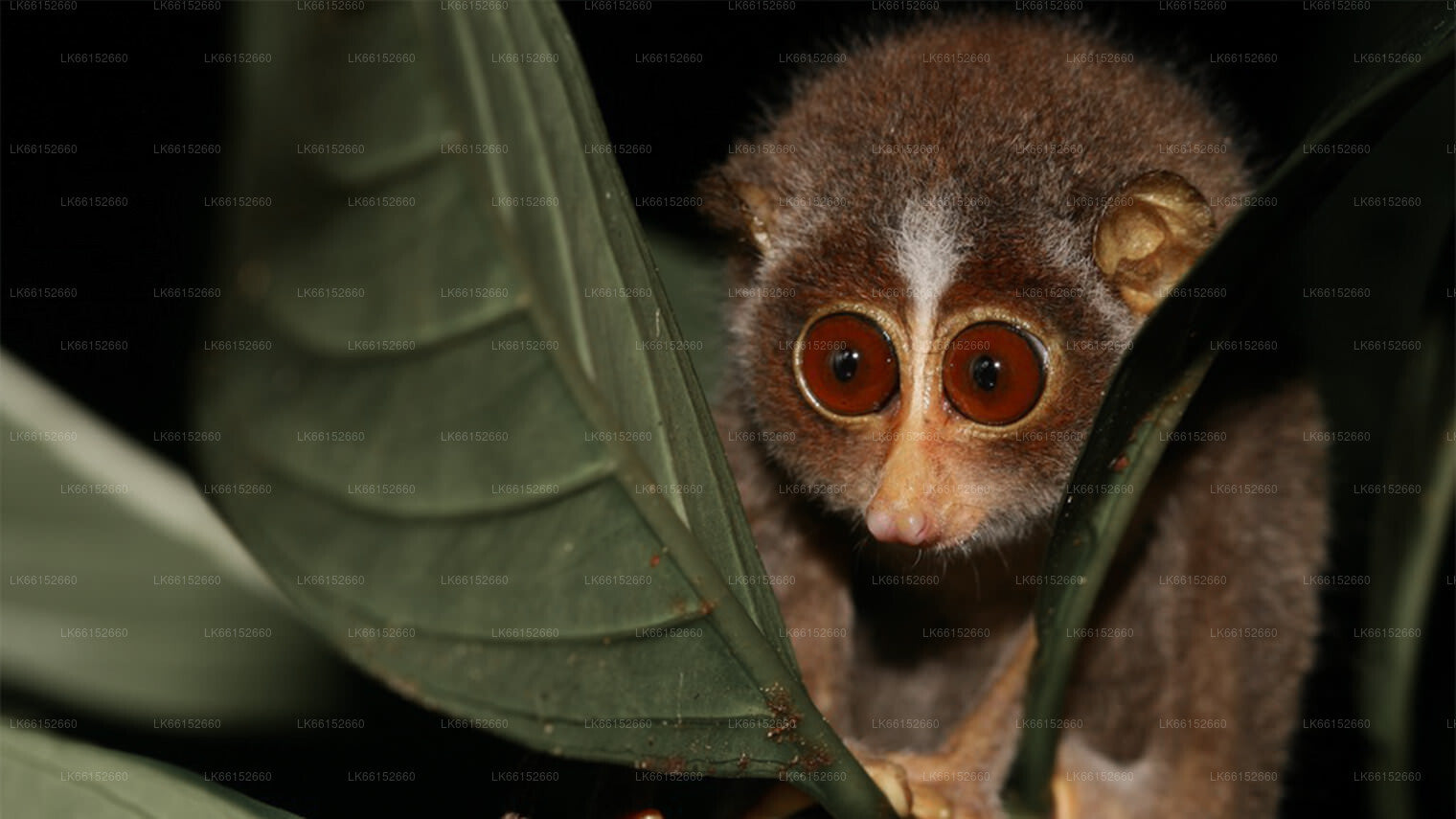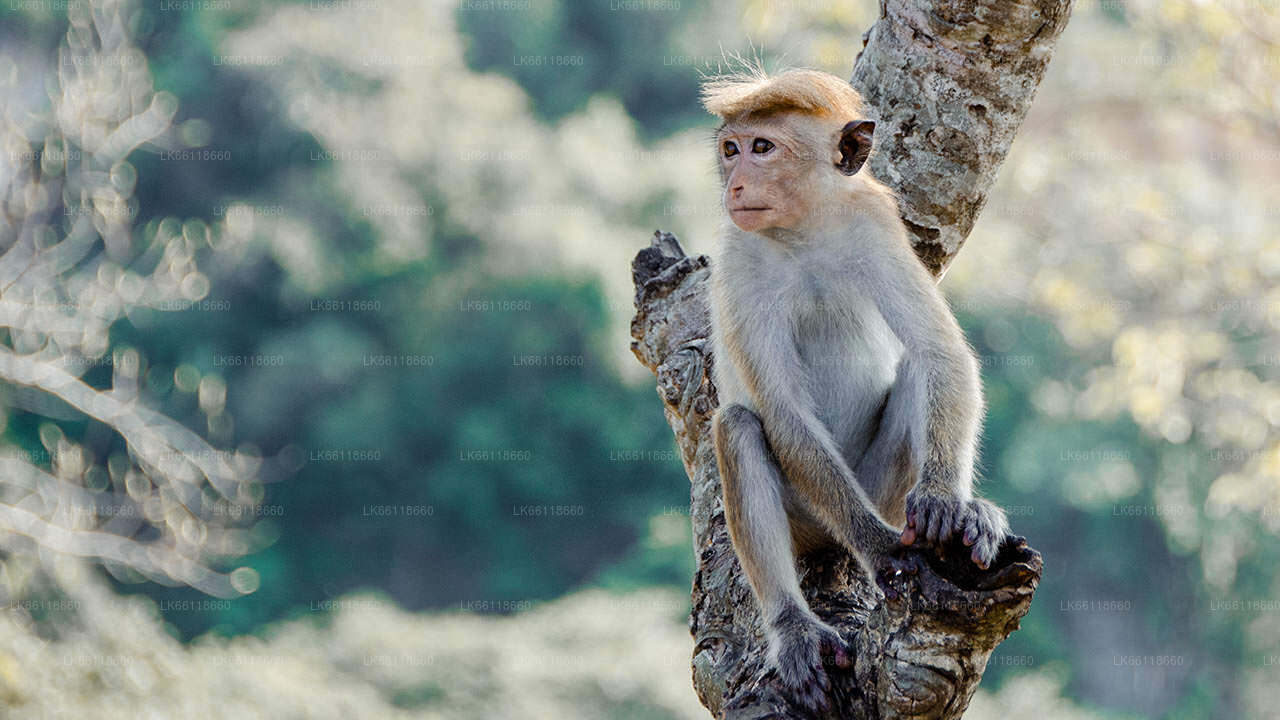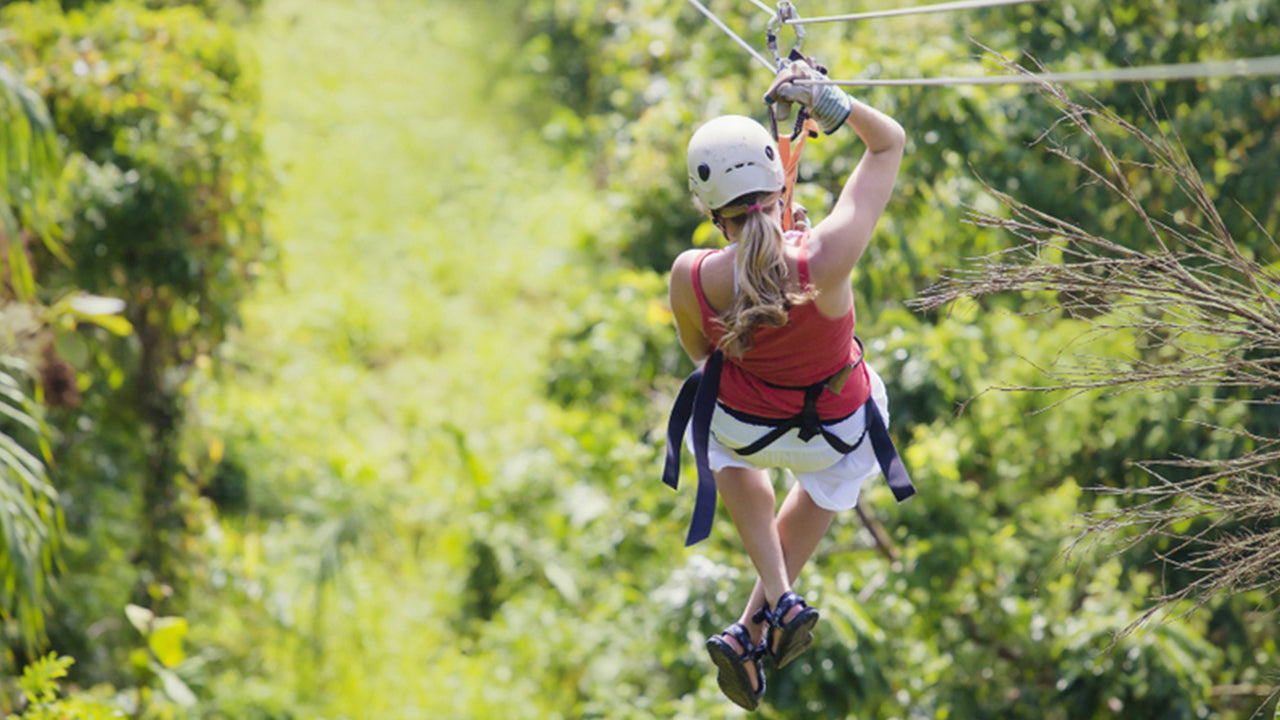
Polonnaruwa City
Polonnaruwa, a UNESCO World Heritage Site in Sri Lanka, was the country's medieval capital (11th-13th century). Renowned for its well-preserved ruins, including the iconic Gal Vihara statues, it showcases impressive architecture, reflecting the grandeur of the ancient Sinhalese civilization.
Nissanka Mallas Palace
King Nissanka Mallas’ Palace in Sri Lanka: Kingdom of Polonnaruwa
Sri Lankan kings ruled the island from the Kingdom of Polonnaruwa from 11th century until 1310 CE. The city of Polonnaruwa is situated on the left bank of River Mahaweli. Archeological evidence and accounts in chronicles suggests that the city is as old as the kingdom of Anuradhapura. According to the most accepted one word is derived from conjunction of the words Pulun which means cotton in sinhala and Maruwa which mean exchanging.
Some of the rulers of Polonnaruwa include Vijayabahu I and Parakramabahu I (Parakramabahu the Great). Most of Polonnaruwa that remains today dates from after the 1150s, as the extensive civil wars that preceded Parakramabahu’s accession to the throne devastated the city. Parakrama Pandyan II from Pandyan Kingdom invaded the Kingdom of Polonnaruwa in the thirteenth century and ruled from 1212
to 1215 CE. He was succeeded by Kalinga Magha the founder of the Jaffna kingdom. Kalinga Magha ruled 21 years until he was expelled from Polonnaruwa in 1236.
The kings who ruled in Polonnaruwa engaged in foreign trade. During the period of king Parakramabahu I, Sri Lanka was self-sufficient in paddy and also had exported to many Southeast Asian countries as well as to India. The people of Polonnaruwa had many of their requirements fulfilled except salt, which they had to bring from the coastal area.
Buddhism continued to be the main religion in Polonnaruwa era. Before the Sinhala kings’ rule, there was a strong influence of Hinduism caused by Cholas. It is evident from the removal of cow shape in Polonnaruwa moonstone and also by the presence of Shiva temples in Polonnaruwa. After Chola rule a lot of vihars were renovated by Vijayabahu I and Parakramabahu I. Various divisions or Nikayas in
Buddhism were united by Parakramabahu I.
The Kingdom of Polonnaruwa was abandoned in the 14th century, and the seat of government for the Sinhalese kings was moved to Yapahuwa. Although many factors contributed to this, the leading cause of the abandonment of Polonnaruwa as the kingdom of Sri Lanka was its susceptibility to invasions from south India.
King Nissanka Mallas’ Palace in Sri Lanka: The Introduction
King Nissanka Malla, also known as Kirti Nissanka and Kalinga Lokesvara was a king of Sri Lanka who ruled the country from 1187 to 1196. He is known for his architectural constructions such as the Nissanka Lata Mandapaya, Hatadage and Rankot Vihara, as well as for the refurbishment of old temples and irrigation tanks.
Nissanka Malla declared that only a Buddhist had the right to rule the country, thereby securing his position and justifying his claim for kingship. He spent large sums for various constructions and refurbishments, and also gave money to the public in an attempt to put down crimes. He maintained cordial relationships with several countries, and also invaded the states of the Pandyan and Chola dynasties in South India.
Several rock inscription made by Nissanka Malla at Dambulla mentions that he is of the Kalinga dynasty and a descendant from the race of Prince Vijaya. Another inscription at Ruwanwelisaya describes him as being a member of a royal family of Kalinga, born at Sinhapura.
Nissanka Malla declared that only a Buddhist had the right to rule the country, thereby securing his position and justifying his claim for kingship. He spent large sums for various constructions and refurbishments, and also gave money to the public in an attempt to put down crimes. He maintained cordial relationships with several countries, and also invaded the states of the Pandyans and Cholas in
South India.
Nissanka Malla came to Sri Lanka under the invitation of Vijayabâhu II, who succeeded Parākramabāhu the Great, and was appointed as Vijayabâhu’s Aepa (sub-king). Vijayabâhu was killed by Mahinda VI of the Kalinga Dynasty. Mahinda VI reigned for only five days before Nissanka Malla killed him and assumed the throne himself in 1187.
King Nissanka Mallas’ Palace in Sri Lanka: Creations
The Nissanka Latha Mandapaya, constructed by Nissanka Malla is a unique type of building. It contains 8 granite pillars which were used to support a roof.
With pillars are carved out of granite in the form of lotus stems with opening lotus buds on the tops, and are positioned on a platform. Historians believe that the palace would have been a two storied building with top floor made of out of wood.
He also performed major refurbishment was carried out at the Dambulla cave temple.
Standing close to the shore of the great man-made lake, the ruins of the palace of King Nissankamalla(1187-1196 AD), is less well preserved than those of the Royal Palace, but is pleasantly located. This palace includes a royal bathing pool just south of the palace, and the King’s Council Chamber, where the names of the king’s ministers can be seen carved into the pillars which supported the chamber roof.
About Polonnaruwa District
Polonnaruwa is the 2nd largest city in north central province in Sri Lanka. The ancient city of Polonnaruwa has been declared a World Heritage site by UNESCO Polonnaruwa has a great history of conquest and struggle behind it and rightfully forms the third element in the Cultural Triangle. Located about 140 kms north east from Kandy,Polonnaruwa offers hours of endless pleasure for history and culture lovers, as there are numerous sights of significance.
Much of the physical ruins standing today are credited to King Parakrama Bahu I who spent many royal resources on town planning, including parks, edifices, irrigation systems and so on. The period of his rule is considered a golden age where the kingdom thrived and prospered under a visionary ruler. The Parakrama Samudra is a mammoth tank and named after its patron. The popular kings Royal Palace, the Audience Hall encircled by beautifully carved stone elephants and the Bathing Pool reflect the superior engineering capabilities of the time.
About North Central Province
North Central Province which is the largest province in the country covered 16% of total country's land area. North Central Province consist two districts called Polonnaruwa and Anuradhapure. Anuradhapura is the largest district in Sri Lanka. Its area is 7,128 km².
North Central Province has numerous potentials for Investors to start their Businesses, especially Agriculture, agro based industries and Livestock sectors. More than 65% of North Central Province's people depend on basic Agriculture and agro base industries. NCP also called "Wew Bendi Rajje" because there are more than 3,000 medium and large scale tanks situated in the province. Sri maha bodiya, Ruwanweli seya, Thuparama dageba, Abayagiri Monastry, Polonnaruwa Rankot wehera, Lankathilake are scared

